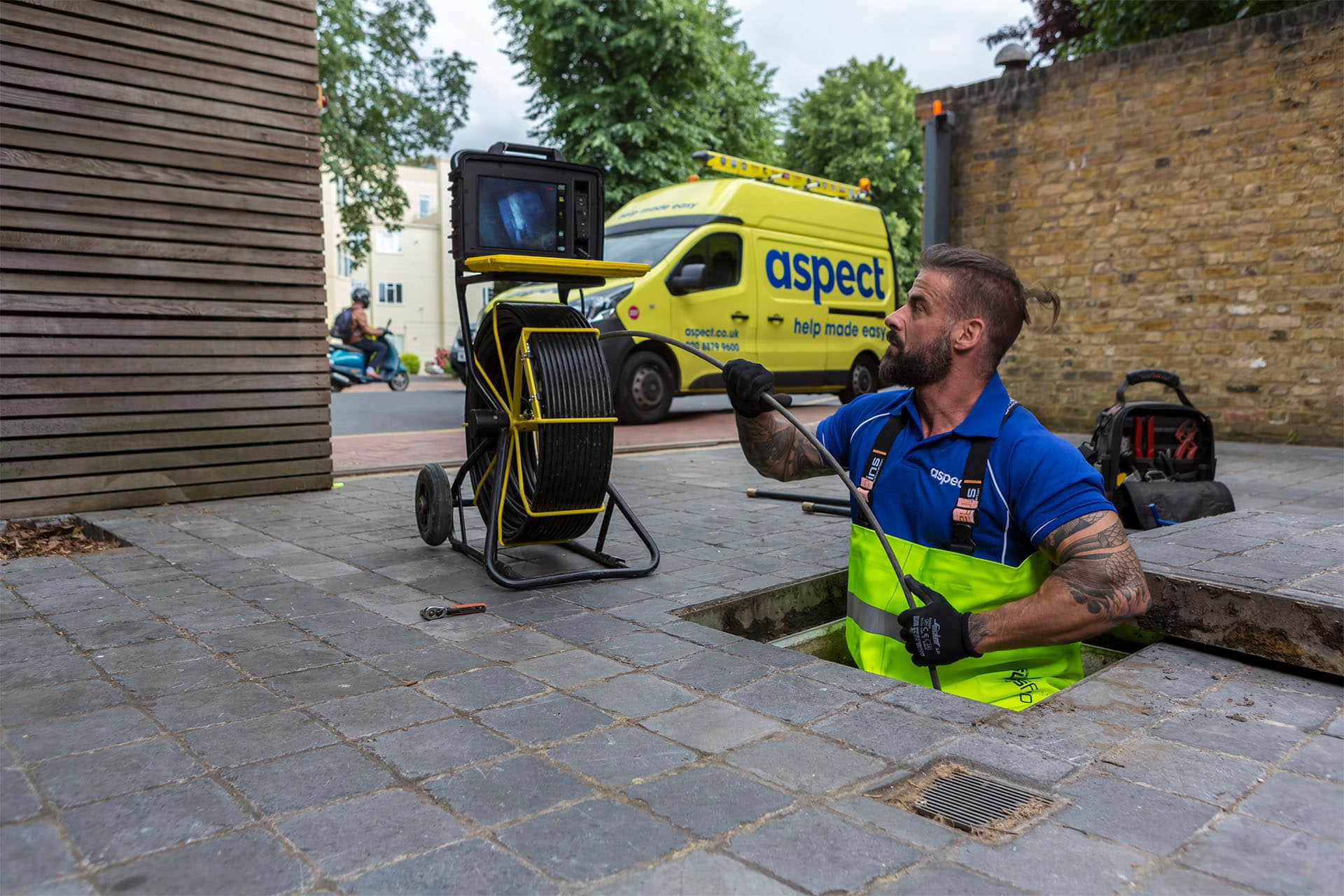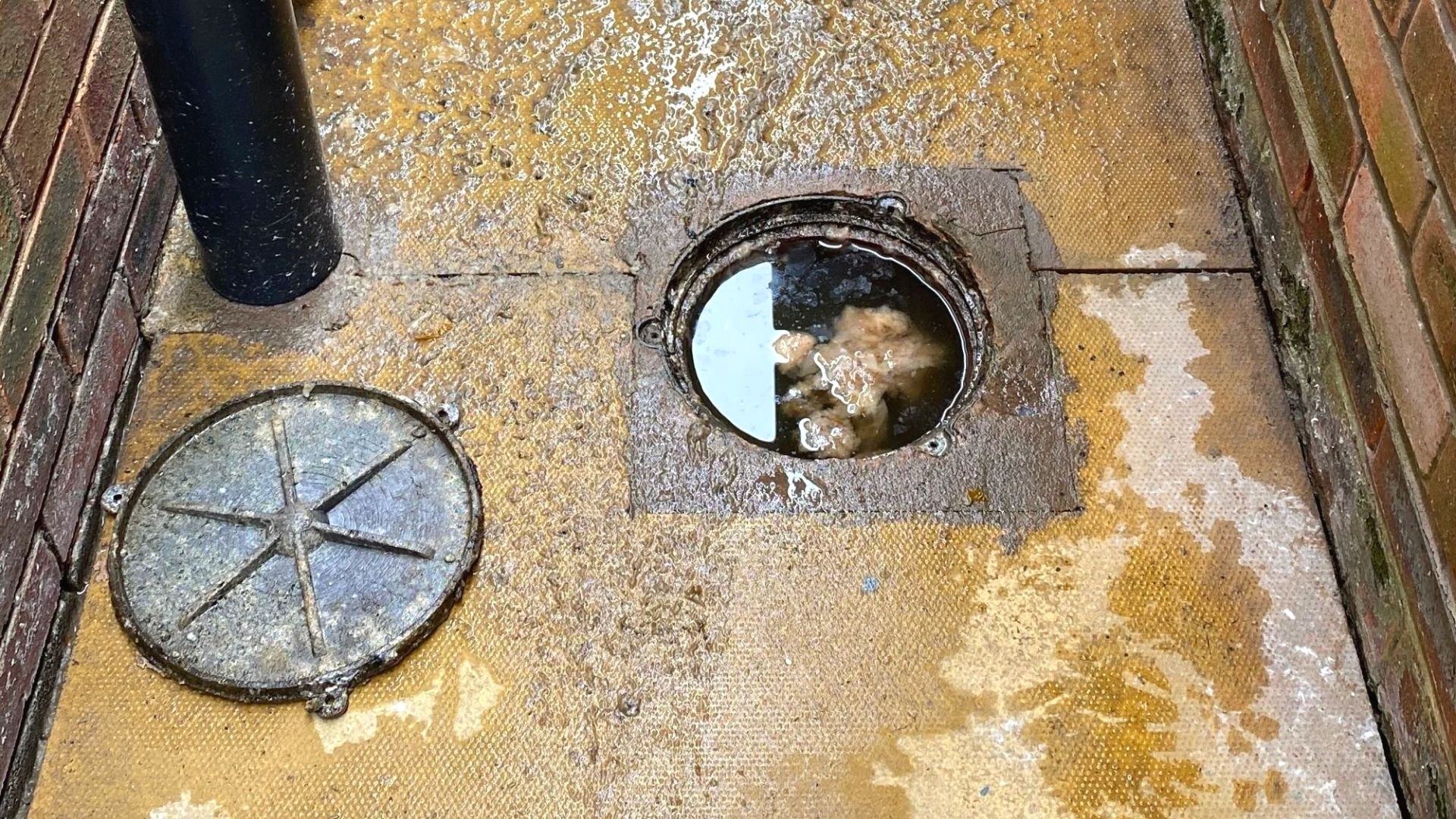Procedures to Take for Fixing a Blocked Drain Before Reaching out to Plumbing Experts
Procedures to Take for Fixing a Blocked Drain Before Reaching out to Plumbing Experts
Blog Article
We've noticed the article pertaining to Some easy tips to fix blocked drains below on the internet and concluded it made sense to talk about it with you on my blog.

Introduction
Taking care of a blocked drainpipe can be a frustrating experience, interrupting everyday tasks and potentially triggering damage to your home. However, before reaching out to pipes specialists, there are steps you can require to address the issue on your own. In this overview, we'll check out DIY services and preventive measures to tackle an obstructed drain successfully.
Determining the Issue
The very first step in resolving a blocked drainpipe is recognizing the indicators. Slow-moving drainage, gurgling noises, foul odors emanating from drains, or water backing up are common signs of an obstructed drainpipe. Determining these indicators early can help protect against better issues.
Choosing the Right Pipes Solution
When picking a pipes solution, consider variables such as experience, licensing, and customer evaluations. Pick a reliable plumbing technician with a track record of top quality workmanship and transparent pricing methods.
Expense Factors to consider
The price of professional drain cleaning services can differ depending on the seriousness of the obstruction and the plumbing professional's rates. Request quotes from multiple carriers and inquire about any kind of surcharges to make certain openness and avoid shocks.
Safety and security Precautions
When attempting DIY drain cleaning, prioritize security. Wear protective gloves and eyewear to avoid contact with damaging chemicals or microorganisms. Never ever mix different drainpipe cleansing items, as this can generate hazardous fumes.
Case Researches
Real-life instances show the performance of do it yourself remedies and the importance of timely professional intervention in solving drainpipe obstructions.
Typical Sources Of Obstructed Drains
Understanding the factors that add to drain pipes obstructions is important for reliable resolution. Common culprits include hair, soap scum, grease, food debris, and foreign items like hygienic items or paper towels. Tree roots getting into below ground pipes can likewise trigger considerable obstructions.
Do it yourself Solutions
For small obstructions, several DIY remedies can be effective. Pouring boiling water down the drain can help liquify oil and particles. Baking soda and vinegar or a mix of salt and cooking soda can act as natural cleansers. Using a bettor or plumbing snake to remove obstructions is one more alternative.
Tools and Equipment
Having the right devices accessible can make do it yourself drain cleaning extra reliable. A plunger is a versatile device for clearing blockages in sinks, commodes, and showers. A plumbing snake or auger can reach much deeper blockages, while drainpipe cleaning chemicals can be used very carefully for persistent obstructions.
Safety nets
To avoid future clogs, embracing preventive measures is essential. Install drain guards or strainers to capture hair and particles prior to they go into the pipes. On a regular basis flush drains pipes with hot water to dissolve oil buildup, and avoid taking care of oil or strong waste away.
When to Call a Specialist
While DIY solutions can resolve small clogs, particular signs suggest the need for specialist help. Consistent blockages, foul odors regardless of cleaning up initiatives, or multiple drains pipes backing up at the same time are warnings that warrant expert treatment.
Verdict
By complying with the tips detailed in this overview, you can effectively deal with obstructed drains and prevent future pipes problems. Whether opting for do it yourself services or seeking specialist assistance, timely action is vital to preserving a healthy and balanced plumbing system and protecting the stability of your home.
How to Clear a Clogged Drain Yourself (And When to Call In the Professionals)
What Can Clog a Drain
Dirt Skin flakes Hair Grease Soap scum Food Offset pipes Tree roots Small objects Mineral buildup DIY Tricks to Unclog a Drain
You can fix this! Once you have identified the source of the clog (or have a vague idea), you can try one or a combination of these fixes in order to clear your plumbing.
Wire Hanger or Snake
Untangle and clear out hair from a drainpipe with a homemade snake. Use a straightened-out wire hanger with a 90-degree angle hook to locate the clog and drag out any unwanted material.
Remember not to push the clog further down to where the wire hanger cannot reach! If you need to follow up with a plunger, give it a try. Your efforts might be more successful after it’s been wire-snaked.
If you want to get fancy and don’t have a wire hanger to spare, head to the store and pick up a hand-operated drain snake. You can get one for $10-$30. It may save you the hassle, and provide additional length to reach deep into the clogged pipe.
Plunger
A cup plunger has a suction cup attached to a wooden handle. The rubber creates a seal around the drain, and increases the pressure force of the plunger.
Plunge for 30-second increments to loosen the clog. This may need to be repeated over the course of 15-20 minutes. Once plunged, run the water to flush the remaining material out of the drain.
Remember– never use a plunger if you have used a chemical drain cleaner. These chemicals can splash up from the force of the plunger and cause serious injury or burns.
Boiling Water
Hot water can sometimes break up materials into a flushable amount. Dirt, grease, and soap buildup requires heat in order to unstick from surfaces.
Take your kitchen kettle and heat your water to a boil. Once it reaches a rolling boil, pour it directly down the drain into the blockage. Carefully follow with plunging, if necessary.
Don’t worry if this takes more than one try! It can often take multiple kettles and repeated plunging in order to clear a particularly stubborn clog.
Chemical Drain Cleaner
As a last resort, pick up a bottle of chemical drain cleaner. Drain-cleaning chemicals are potent, and not very good for the environment.
You may need to wear protective eyewear in gloves before handling your bottle of chemical drain cleaner. Follow the instructions printed on the bottle, and flush with water as soon as the instructions allow. Do not follow with plunging.
Baking Soda and Vinegar
As a safer alternative to chemical drain cleaner, baking soda and vinegar can create a chemical reaction that clears tough clogs.
Combine one cup of cleaning vinegar with one cup of boiling water, and set aside. Once you have done this, pour half a cup of baking soda down the drain. Give the baking thirty seconds to settle and cover a large portion of the problem drain.
Following the baking soda, pour down your vinegar and hot water solution. Once the vinegar and baking soda combine, the mixture will bubble and fix. Let this reaction fizzle in the drain for about an hour.
After an hour, follow with a kettle’s worth of hot water. The heat and liquid should flush out any remaining material.
When to Call a Plumber
If your DIY attempts haven’t cleared your clog drain, it’s time to call in a professional. It’s not worth losing access to your kitchen sink or high-traffic bathroom. A clog in a vital area can keep you from the things you’d rather be doing, and derail your routine.
Anytime a clog is causing water to spread is a time to call in a plumbing service. What starts out as a little bit of water can quickly grow into serious, expensive water damage.
Additionally, a serious clog can result in burst pipes or serious leaks. Make sure you know when to take it seriously!
https://myguysnow.com/how-to-clear-a-clogged-drain-yourself-and-when-to-call-in-the-professionals/

As a fervent reader about , I think sharing that excerpt was really helpful. Sharing is good. Helping people is fun. Thanks for being here. Please visit our site back soon.
Top Article Report this page